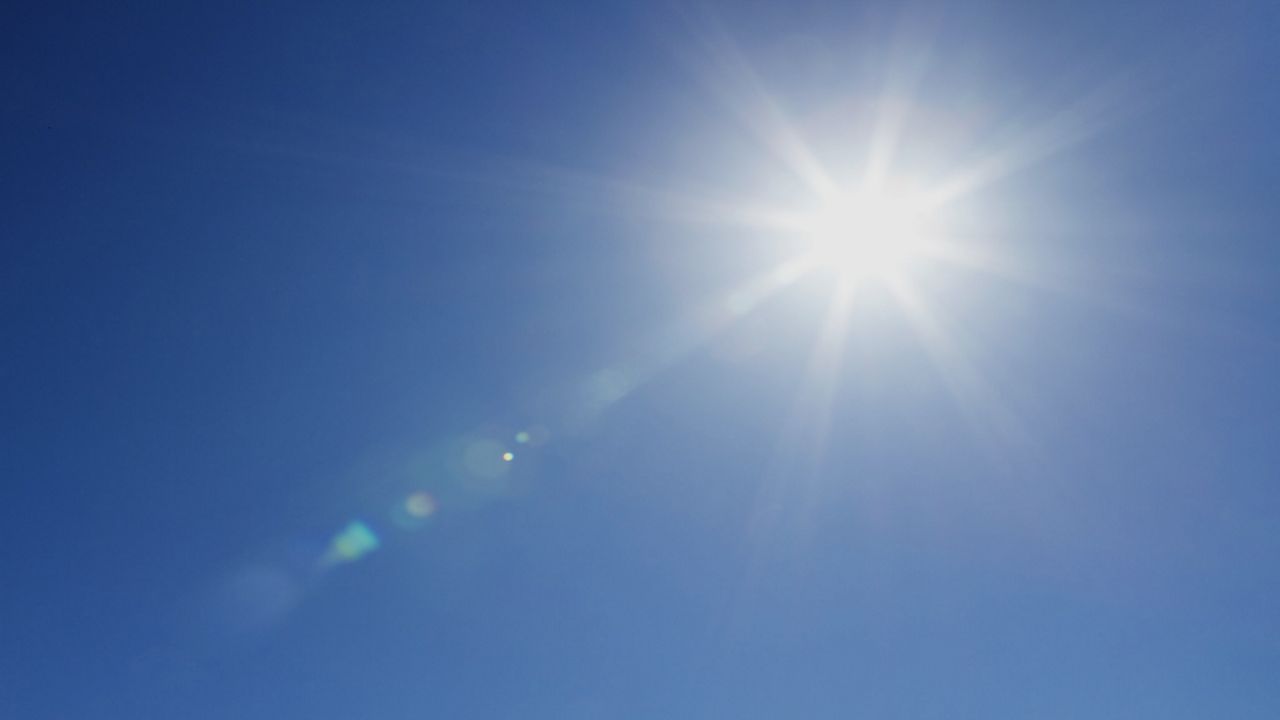While the most exciting event in March every year is the arrival of spring, we also find significant changes to our daylight.
Now that we’re in daylight saving time, we’re catching up on sleep from that hour we lost. This also brings a unique story regarding daylight throughout March.
What are the extremes of sunrise, solar noon, sunset, and daylight?
We found that the sun rose in Albany at 6:30 a.m. on March 1. The sun was at its highest (or solar noon) around 12:07 p.m. with a sun angle of 40.1 degrees. The sun set around 5:44 p.m., giving us a little over 11 hours and 14 minutes of daylight.
Sunrise is unique in March. At the earliest, the sun rose at 6:10 a.m. on March 13. Thanks to the springing forward of daylight saving time, the very next day on March 14 became the latest sunrise, at 7:08 a.m. This is because of the time change.
In reality, we will continue to see the sun rise earlier and earlier throughout the month. By the end of the month on the 31st, the sun will rise at 6:38 a.m., which is only 8 minutes later than March 1. If daylight saving time didn’t exist, the sun would rise at 5:38 a.m. Having a later sunrise has an advantage, as you’ll soon find out.
In the meantime, we see the sun angle continue to increase throughout the month. This means the strength of the sun becomes greater, leading to warmer days and weaker winter weather events. However, solar noon occurs at the latest on March 14 at 1:04 p.m. By March 31, the sun will again be at its highest a little earlier at 12:59 p.m.
Despite that, the sun angle continues to increase. By the end of the month, the sun angle will be at 51.8 degrees. That’s a little over 11 degrees greater than the beginning of the month. While it doesn’t seem like much, this makes a big difference in the sun’s strength and is why snow has a harder time sticking and accumulating in March.
Sunset will vary the greatest throughout the month. Due to the time change, combined with the higher sun angle, we’ll find the sun setting at 7:20 p.m. on March 31.
This means the occurrence of sunset is a difference of 1 hour and 36 minutes between 5:44 p.m. on March 1 and 7:20 p.m. on March 31. Accordingly, we’ll find around an additional 1 hour and 27 minutes of daylight on March 31, at around 12 hours and 41 minutes total.
Giving up an hour of sleep and having an earlier sunrise is worth it. We’ll only find more daylight and later sunsets through the beginning of summer!







